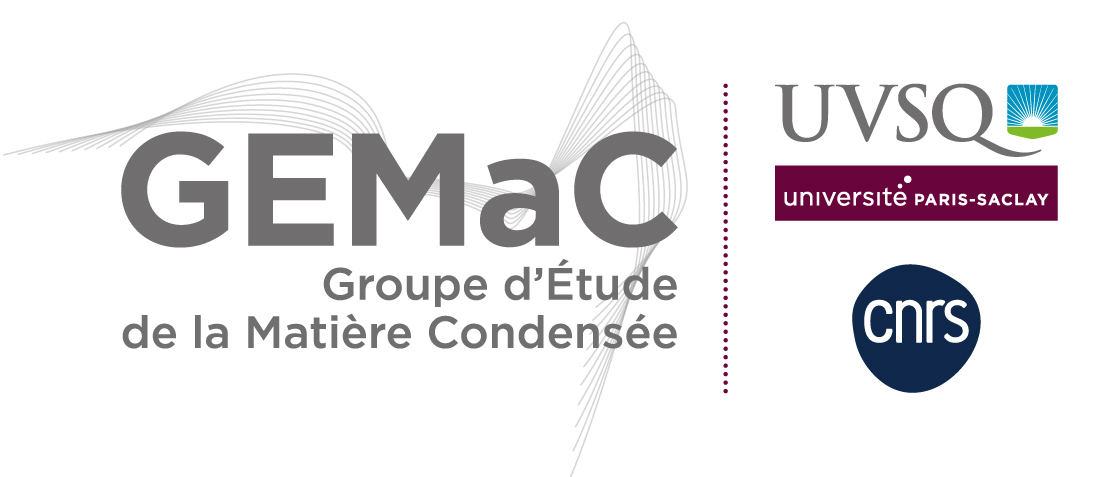Vous êtes ici : GEMACFRSéminaires et colloques
- Partager cette page :
- Version PDF
Wide-Bandgap Semiconductor Power Electronics
Amador Pérez Tomás du Catalan Institute of Nanoscience and Nanotechnology, Barcelone
le 26 septembre 2019
jeudi 26 septembre 2019 à 14 h
UFR des Sciences
GEMaC, salle 4109
Bat. Fermat, 45 avenue des États-Unis
78035 Versailles cedexBat. Fermat, 45 avenue des États-Unis
Wide bandgap (WBG) semiconductor materials such as silicon carbide (SiC), gallium nitride (GaN) or gallium oxide (Ga2O3) allow power electronic components to be smaller, faster, more reliable, and more efficient than their silicon (Si)-based counterparts. Currently, around half of the world’s total energy consumption of any kind is electrical and it is estimated that 80% of all electricity will flow through a power-electronic device by 2030. These figures are expected to further increase due to general implementation of (more) electric transportation and the adoption of renewable energy sources. In these arrangements, the conversion and control of electrical energy is accomplished by modulating the semiconductor charge within devices that, due to their ability to sustain larger voltages, are commonly referred to as “power devices”. Here, the same Si-based rectifier’s and transistor’s concepts but built into other semiconductors with a wider bandgap has been demonstrated to overcome some physical limits of silicon with a huge potential market projected to grow from the current $52 to $71 billion USD by 2023 (with Si-based technology accounting for >90% of the module market share). We are now just scratching the surface of the opportunities opened up with the mainstream adoption of wide bandgap semiconductors for power electronics making it possible to reduce weight, volume, and life-cycle costs in a wide range of power applications resulting in dramatic energy savings in industrial processing and consumer appliances, accelerate widespread use of electric vehicles and fuel cells, and help integrate renewable energy onto the electric grid. And yet, there is a lot of room for basic and material science; WBG materials are indeed all over the place; almost the entire earth crust is formed by wide bandgap oxides and there are many chalcogenides, halides, organic and biomaterials that are also wide bandgap materials among many other possibilities. In addition, some WBG materials can be engineered to be transparent, flexible or biocompatible which certainly will pave the way to new power electronic avenues now virtually unexplored.
- Revenir à la liste complète des séminaires





